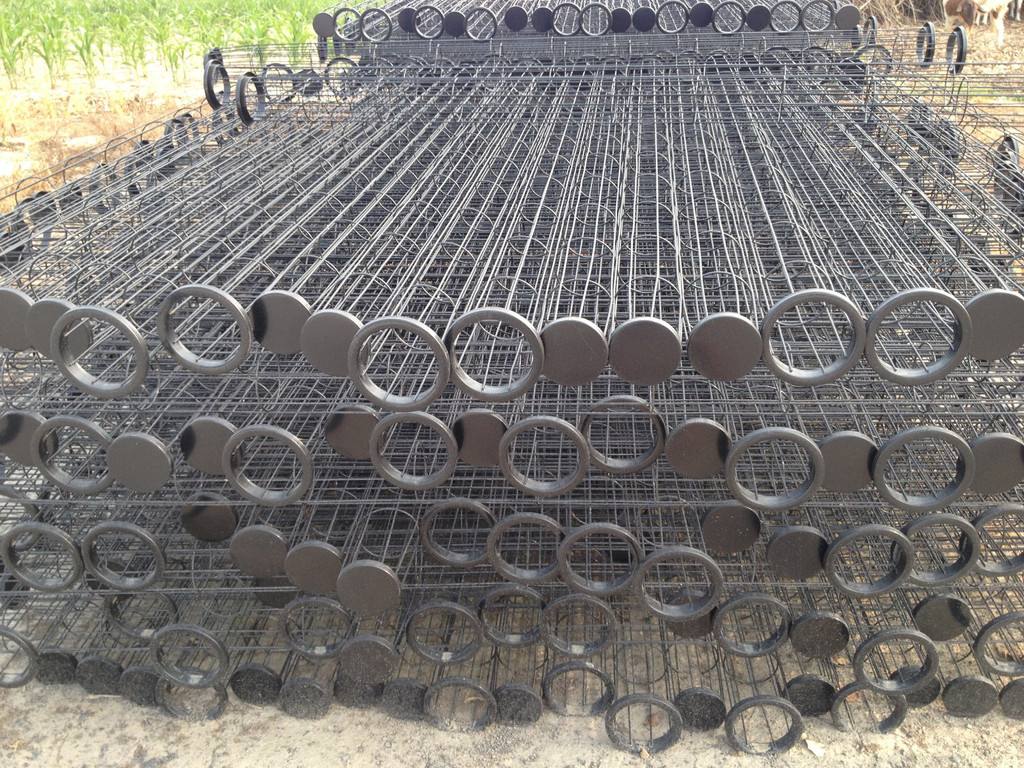


The choice of material and treatment method for the dust collector skeleton is very important, because as the core component of the bag filter, it is crucial whether the selected dust collector skeleton can adapt to the flue gas temperature. So, first of all, we need to understand the operating temperature of the dust removal framework. Only with the operating temperature of the dust removal framework can we correctly choose the appropriate dust collector framework.
Dust removal skeletons are divided according to their operating temperature: normal temperature dust removal skeletons below 130 ℃, medium temperature dust removal skeletons between 130 ℃ and 180 ℃, and high temperature dust removal skeletons between 180 ℃ and 280 ℃. Knowing the flue gas temperature and the operating temperature of the dust removal skeleton, selecting the appropriate dust removal method for the later stage of the dust removal skeleton can effectively extend the service life of the equipment. Generally, the surface treatment of the dust removal skeleton is divided into three types: surface galvanizing, electrostatic spraying, and plastic spraying.
Below, we will introduce the classification and usage conditions of post-processing methods for dust removal skeletons
Spray painted dust removal skeleton
The spray coating dust removal skeleton is mainly used in working environments ranging from 130 ℃ to 160 ℃ at room temperature. The spray coating dust removal skeleton can achieve the functions of not damaging the filter bag, corrosion resistance, etc.
Galvanized dust removal framework
The galvanized dust removal skeleton adopts cold drawing and welding equipment before galvanizing treatment. Galvanizing treatment can increase the rust resistance of the skeleton and reduce the damage to the filter bag during the replacement of the dust removal bag. Galvanized dust removal skeleton can generally be used in industrial and mining environments around 280 ℃, and the instantaneous use temperature can reach 300 ℃. Due to its relatively low price, galvanized skeleton is selected for many working conditions;
Stainless steel dust removal framework
There are several grades of stainless steel dust removal skeleton materials, such as 201, 304, 316, etc., which are mostly used in corrosive or low acid and alkali concentration working conditions. Due to their relatively high cost, many customers only choose stainless steel skeleton in certain situations.
The above is an introduction to the post-processing methods and operating conditions of the dust collector skeleton produced by our company. Welcome new and old customers to come and purchase!
